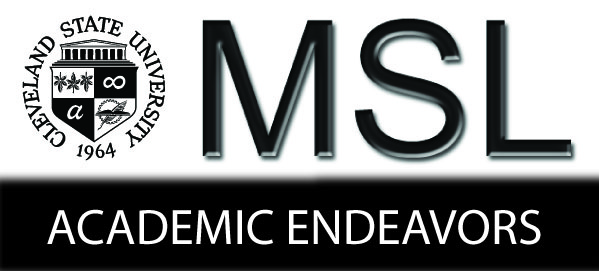Chinese Language Teaching Methodology and Technology
Chinese Title
教学技巧更新教学理念依旧:网络技术在汉语课堂的运用换汤不换药?
Author Affiliation
University of Nebraska Lincoln
English Abstract
Technology has been a staple in the language classroom for more than fifty years. From audio cassettes, to video tapes, to multimedia CD-ROMs, to static and interactive web technologies, language teachers have taken the time to learn these tools and integrate them into the classroom experience. Each new technology, each new app, creates an opportunity to alter the experience of teaching and learning—often supporting increased authentic interactions with the Chinese language. This potential however can go unrealized when the ways the technologies are used align with more traditional grammar and vocabulary-focused teaching methodologies and promote efficiency over communication. In this article we explore the way traditional methodologies (i.e. Structural/Cognitive approaches) influence the implementation of web technologies. We unpack the complex relationship between language teaching Methodologies/Approaches, Methods, and Techniques. We examine several popular Chinese as a foreign language [CFL] web technologies, along with descriptions of their use, as a way to consider the influence of teachers’ educational values on technology integration decisions. We highlight the way design decisions made during the technology design and development process can constrain fit across methodologies. Next, as a way to outline what is possible when new technologies are informed by recent pedagogical developments, we briefly describe DaZiBao—a multimodal web application for learning characters via writing. Finally, we unpack findings and challenges from a pilot study of DaZiBao’s integration in a somewhat traditional classroom setting and offer suggestions for teachers, researchers, and technology designers.
Chinese Abstract
教育技术运用于汉语课堂教学已有超过五十年的历史。从最初的卡带、录像带到光盘,到静态的以致互动的网络技术,汉语教师们投入了时间和精力学习各种技术并将他们运用到课堂实践。每一项新的教育技术、每一个新的应用软件都给改进语言教学和改善语言学习经历带来了新的机会和新的发展可能 —— 通常可以促进学生使用汉语进行真实的交流。但是这些潜在可能在很大程度上依然无法在汉语教学中完全实现,因为在大多数情况下新的教育技术是根据传统的强调词汇和语法的教学方法开发并运用到教学中,注重语法词汇学习效率而忽视了真实语言交流。在这篇文章中,我们首先探究传统教学的教学理念(例如结构主义/认知派)是如何影响网络技术在课堂中的应用效果。接下来,对教学流派,教学方法以及教学技巧进行了区分和解释。然后对几种当下流行的汉语教学网络技术进行了探究,介绍它们的使用方法,总结教师的教学观念是如何影响技术在教室中的整合。我们还强调了在教育技术设计和开发过程中的设计决策环节会对教育技术适用于何种教学法产生影响。在此基础上,我们通过对打字宝—— 一个通过交流式写作促进汉字学习的多模式网络平台为例,介绍在新的教学理念指导下,将教育技术运用于汉语教学的新前景。在此基础上,本文进一步分析探讨基于新教学理念设计的网络平台(打字宝)运用于传统课堂的先行研究成果以及相关挑战,并为汉语教师、研究人员以及教育技术设计开发者提供相关建议。
Manuscript Language
English
Recommended Citation
Olmanson, Justin; Liu, Xianquan; Wang, Nannan; and Heselton, Christopher
(2018)
"Techniques and Methods Change, Methodology Remains the Same: Web Technology Use as Cosmetic Change in CFL Classrooms,"
Chinese Language Teaching Methodology and Technology: Vol. 1:
Iss.
4, Article 9.
Available at:
https://engagedscholarship.csuohio.edu/cltmt/vol1/iss4/9
Included in
Chinese Studies Commons, Educational Technology Commons, First and Second Language Acquisition Commons, Instructional Media Design Commons, Language and Literacy Education Commons


